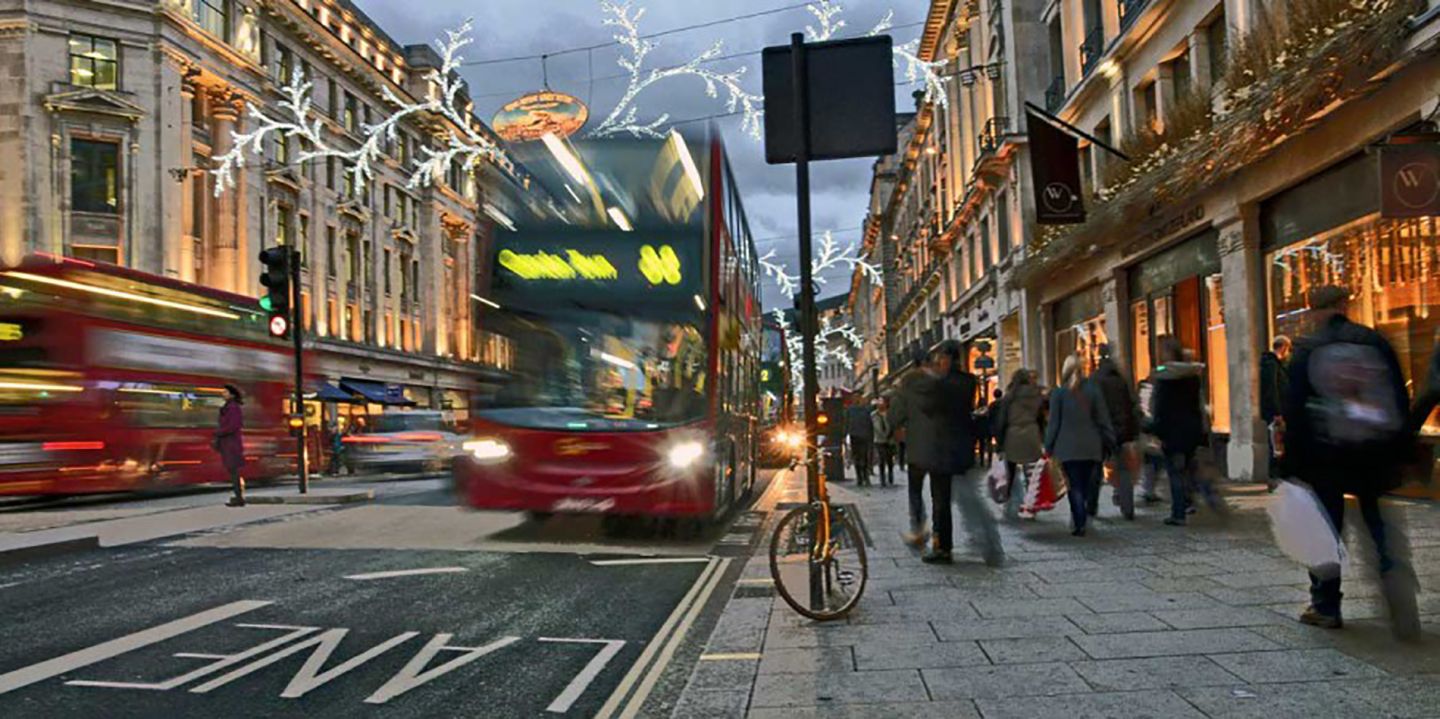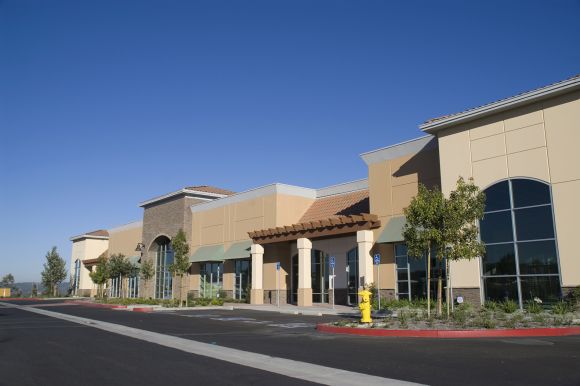Looking back, 2014 was a whirlwind year for retail.
As the economy continued to pick up steam, retailers across the U.S. sought expansion opportunities, which drove down vacancy rates while simultaneously driving up prices.
Additionally, the widespread adoption of e-commerce sparked much conversation about the future of the retail real estate sector and the opportunities within it.
However, the retail real estate industry is proving to be an active market that shows continued upward momentum – with the opening of approximately 38,000 new physical storefronts in 2014.
So while it’s nearly impossible to deny that online shopping has altered in-person shopping trends, there are also few people claiming that e-commerce has removed the need for in-person shopping and physical storefronts.
In fact, if online shopping and technology is integrated properly into the overall brand strategy, it can provide retailers with sales growth and greater distribution efficiency.
The following factors are expected to fuel growth in the retail real estate market in 2015:
Investment Activity and Profit Growth
The retail real estate market is benefitting from strong investment activity – both foreign and domestic. In December of 2014, retail investment sales had already climbed 13% from 2013 to reach $42.7 billion.
Foreign investment in U.S. commercial real estate totaled $28.2 billion in just the first three quarters of 2014. Moving into 2015, foreign investors still believe that the U.S. is the most attractive and stable market for real estate investment.
This strong investment activity is expected to further drive down vacancy rates in 2015, while last year’s projected corporate profit growth of 4.1% will provide the necessary funds to fuel expansion efforts.
Access to Capital and Risk Tolerance
Access to capital is gradually becoming easier, thanks to a slight easing of bank lending standards and the influx of foreign investors eager to invest in U.S. retail projects.
Easier access to capital combined with strengthening economic conditions has created an environment that has increased investors’ appetite for risk.
This willingness to accept some added risk with the potential to achieve higher yields has brought new development activity to many secondary markets, including Philadelphia, Denver, Austin and Charlotte – and not just to the class A properties, but also to some class B and class C properties.
In summary, demand for retail real estate is set to remain strong in both the near term and the long term.
To find out more about what’s in store for the retail real estate market in 2015, download Buxton’s 2015 Retail Real Estate Outlook.


